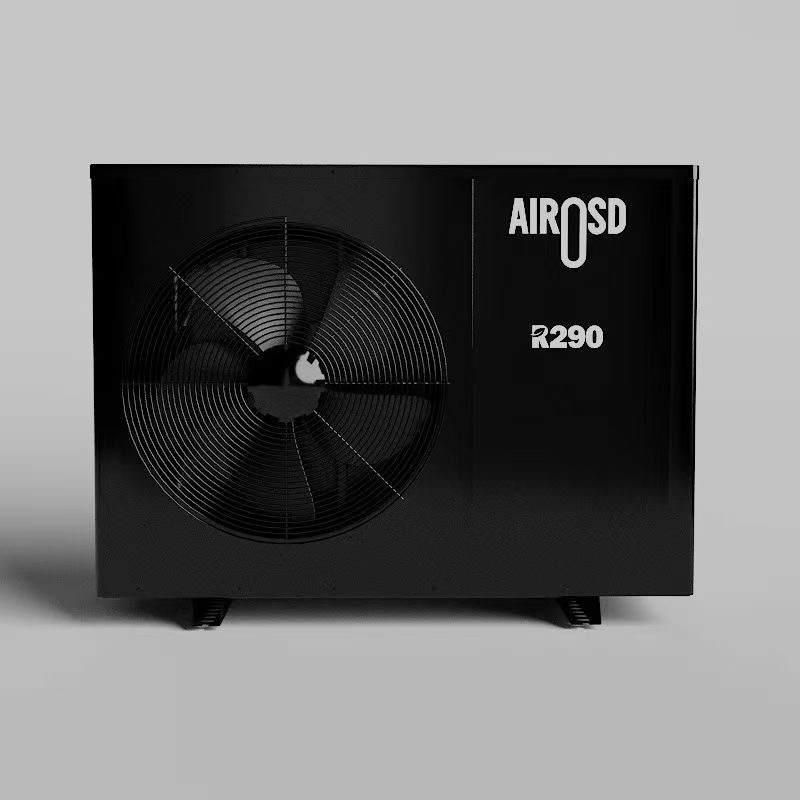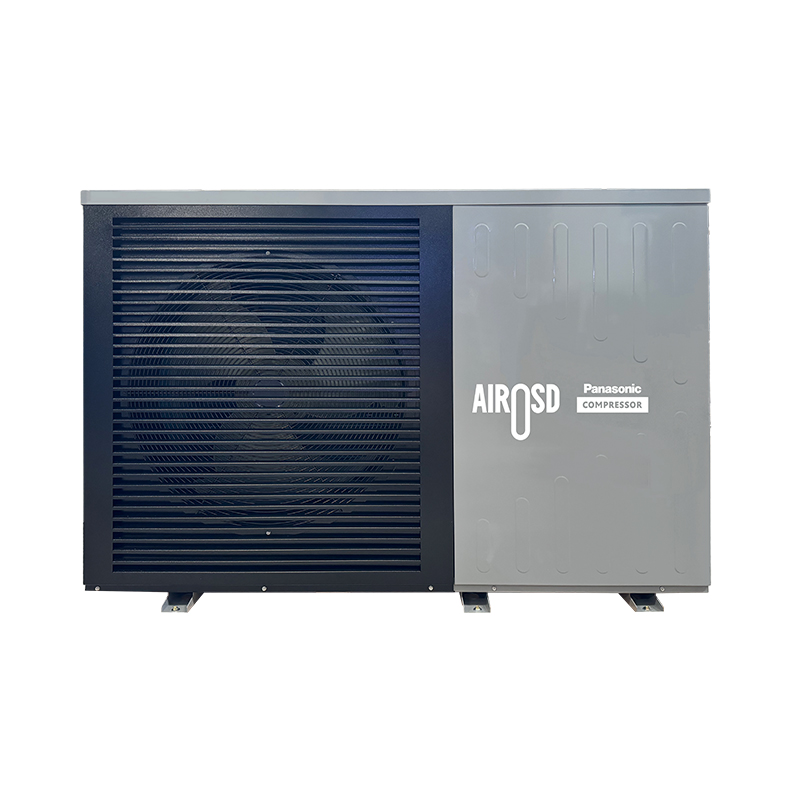Can You Use a Heat Pump for Both Heating and Cooling?
As the global energy crisis deepens and environmental awareness grows, more and more people are turning their attention to energy‑saving, eco‑friendly solutions for heating and cooling. Among these innovations, Heating and cooling pumps have become increasingly popular. Modern Heating and cooling pumps include Heat pumps for heating and cooling that offer year‑round comfort. By integrating Geothermal heating systems, homeowners can further amplify efficiency. Whether you choose air‑source or Geothermal heating, Heating and cooling pumps stand out for their versatility. So, can a heat pump truly provide both heating and cooling? The answer is: absolutely. This article will explain why Heat pumps for heating and cooling powered by Geothermal heating or air‑source technology are a smart, energy‑saving choice for modern homes and commercial buildings by exploring their operating principle, application advantages, and suitable scenarios.
-
How Heat Pumps Work: Heating and Cooling in One
A Heat pumps for heating and cooling is an electrically driven device that transfers heat rather than generating it directly. Its core principle is the “reverse Carnot cycle,” which moves thermal energy from one place to another (air, water, or ground) rather than creating it. Heating and cooling pumps exploit this cycle to switch between modes effortlessly.
-
In winter, a Heat pump for heating and cooling absorbs heat from the outdoor air (even at low temperatures there is still some usable thermal energy). The compressor then raises this heat to a higher temperature and releases it indoors, thus providing heating. This illustrates why many installers recommend Heating and cooling pumps with optional Geothermal heating loops.
-
In summer, the same Heating and cooling pumps operate in reverse: absorbing indoor heat and, via the condenser, expelling it outdoors to achieve cooling. Thanks to Heat pumps for heating and cooling, you don’t need separate air conditioners and heaters.
-
Dual‑Function Efficiency: Economical and Eco‑Friendly
Traditional systems generally require two units—a boiler for heat and an air conditioner for cool—doubling costs, space, and maintenance. By contrast, Heating and cooling pumps combine both functions. Heat pumps for heating and cooling often achieve a COP (coefficient of performance) of 3–4, meaning every 1 kW of electricity produces 3–4 kW of heat. When paired with Geothermal heating systems, performance can exceed COP 5. Geothermal heating loops further stabilize performance when outdoor air is very cold or hot. This synergy between Geothermal heating and cooling and Heat pumps for heating and cooling drives significant energy savings—up to 70 % compared to electric resistance heaters—and slashes carbon emissions.
-
Multiple Types to Meet Diverse Needs
Heating and cooling pumps come in air‑source, water‑source, and ground‑source varieties.
-
Air‑source heat pumps are cost‑effective and relatively simple to install. Many of these units double as Heating and cooling pumps and can integrate with Geothermal heating systems for hybrid operation.
-
Ground‑source heat pumps, also called Geothermal heating units, tap stable underground temperatures. These Geothermal heating systems maintain efficiency even in extreme climates, making them ideal for large buildings.
-
Water‑source units use lakes, rivers, or wells. These installations can serve both Geothermal heating and cooling needs in communities aiming for net‑zero energy status.
Modern control systems optimize when Heat pumps for heating and cooling switch between heating, cooling, and defrost modes. Intelligent algorithms tailor Heating and cooling pumps performance to real‑time conditions, maximizing savings and comfort.

-
Wide‑Ranging Applications and a Promising Future
Heating and cooling pumps are no longer limited to homes; they now power schools, hospitals, hotels, and office towers. In green building design, Heat pumps for heating and cooling paired with Geothermal heating systems are almost standard. Local and national subsidies often cover part of the cost for Geothermal heating, Heating and cooling pumps, or Geothermal heating and cooling projects, driving adoption. As manufacturing scales up, the price of both air‑source Heating and cooling pumps and ground‑source Geothermal heating drops, accelerating market growth.
Looking forward, the integration of Heat pumps for heating and cooling with renewable grids and thermal storage will enhance resilience. Smart‑grid demand response combined with Geothermal heating systems can provide dispatchable heating and cooling, further reducing carbon footprints.
5.Conclusion
Yes—you can absolutely use a single Heating and cooling pumps system for both heating and cooling. Heat pumps for heating and cooling deliver high COPs, low emissions, and dual‑mode flexibility. When coupled with Geothermal heating, these systems become even more efficient. By choosing advanced Geothermal heating systems or air‑source Heating and cooling pumps, you’ll secure year‑round comfort, slash energy costs, and contribute to environmental sustainability. If you’re planning a new build or retrofitting an existing property, investing in Heat pumps for heating and cooling—optionally augmented by Geothermal heating and cooling loops—offers one of the best returns on comfort and efficiency available today.



